Reflection
Reflection is the process by which light, sound, or heat is returned from a surface without being absorbed. When light, sound, or heat strikes a surface, it can be reflected, absorbed, or transmitted. Reflection occurs when the surface is smooth and the light, sound, or heat is not able to pass through the surface.
Types of Reflection
There are two main types of reflection: regular reflection and diffuse reflection.
- Regular Reflection: Occurs when light, sound, or heat is reflected from a smooth and shiny surface, such as a mirror.
- Diffuse Reflection: Occurs when light, sound, or heat is reflected from a rough or uneven surface, such as a piece of paper or a wall.
Study Guide
Here are some key points to remember about reflection:
- Reflection is the process by which light, sound, or heat is returned from a surface without being absorbed.
- Regular reflection occurs from a smooth and shiny surface, while diffuse reflection occurs from a rough or uneven surface.
- Reflection is an important concept in understanding how we see objects and how we hear sounds.
- Understanding reflection can help us design and create reflective surfaces, such as mirrors, for various purposes.
Remember, understanding reflection is important in the study of light, sound, and heat, and it has many practical applications in our everyday lives.
.◂Science Worksheets and Study Guides Second Grade. Plants
Study Guide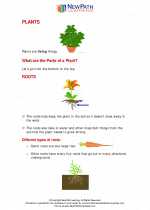 Plants
Plants  Activity Lesson
Activity Lesson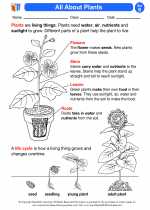 All About Plants
All About Plants  Activity Lesson
Activity Lesson All About Plants
All About Plants  Worksheet/Answer key
Worksheet/Answer key Plants
Plants  Worksheet/Answer key
Worksheet/Answer key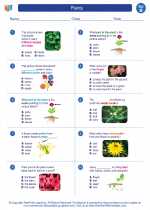 Plants
Plants  Worksheet/Answer key
Worksheet/Answer key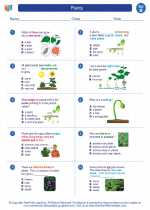 Plants
Plants  Worksheet/Answer key
Worksheet/Answer key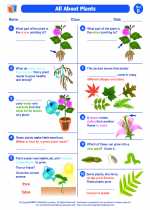 All About Plants
All About Plants  Vocabulary/Answer key
Vocabulary/Answer key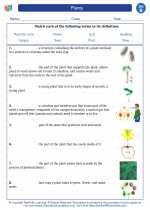 Plants
Plants  Vocabulary/Answer key
Vocabulary/Answer key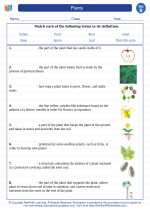 Plants
Plants 

 Activity Lesson
Activity Lesson
 Activity Lesson
Activity Lesson
 Worksheet/Answer key
Worksheet/Answer key
 Worksheet/Answer key
Worksheet/Answer key
 Worksheet/Answer key
Worksheet/Answer key
 Worksheet/Answer key
Worksheet/Answer key
 Vocabulary/Answer key
Vocabulary/Answer key
 Vocabulary/Answer key
Vocabulary/Answer key

The resources above cover the following skills:
Concepts of Life Science (SC1, SC2, SC3)
The student demonstrates an understanding of the structure, function, behavior, development, life cycles, and diversity of living organisms by observing and comparing external features of plants and of animals that may help them grow, survive, and reproduce.